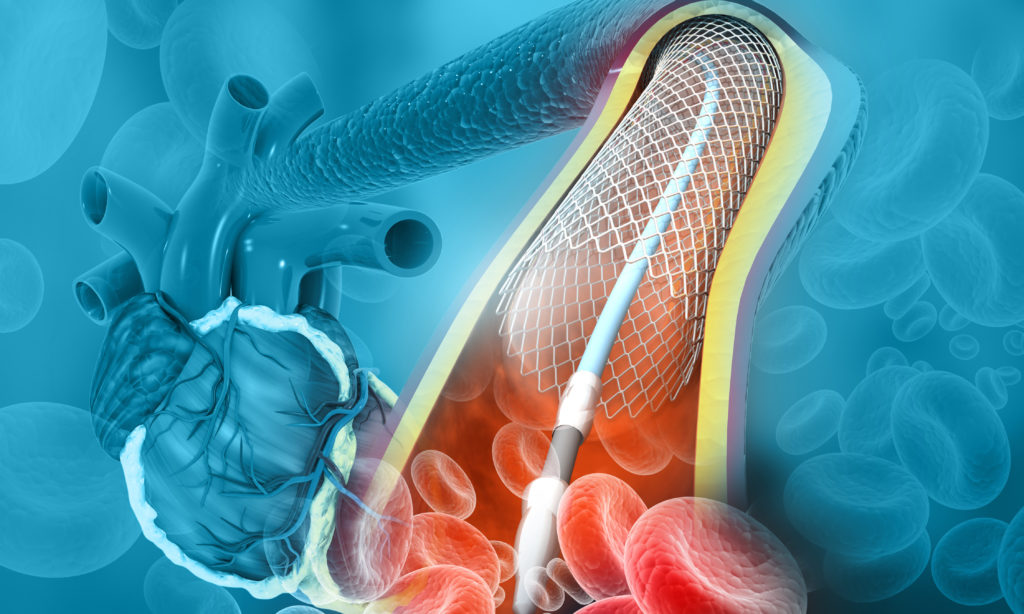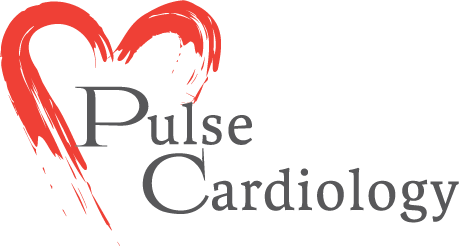What is an Angioplasty, Types and Stents
What is an Angioplasty?
Angioplasty is a minimally invasive medical procedure that is prescribed by doctors to patients who are diagnosed with Coronary Artery Disease. The purpose of this is simple – it helps in restoring normal blood flow through the arteries of a person diagnosed with CAD.
When the arteries of a person get constricted or simply blocked by a sticky substance called plaque, then this condition is known as Coronary Artery Disease or CAD.
Angioplasty Procedure
At first glance, an angioplasty procedure can appear to be a bit complicated to a person from a non-medical background but that is not the case.
The process begins with the doctor inserting a catheter – a thin, soft and long tube into a blood vessel. There are two identified locations in the human body that are ideal for catheter insertion – one is in the wrist and the other, the groin.
Post insertion, the doctor’s primary goal would be to guide the catheter carefully through the blood vessel of the patient until the same reaches the target artery/arteries.
Types of Angioplasty
There are two types of angioplasty. They are as follows:
- Balloon Angioplasty – Here an inflatable balloon is placed in the target artery/arteries. The pressure of the inflated balloon allows the doctor to clear the target artery/arteries from blockage or plaque. This type of angioplasty is a means of last resort adopted by doctors for cases where stent placement is impossible.
- Stent Angioplasty – Here the doctor would place a stent in the area where the plaque is blocking the artery thus restoring normal blood flow.

What is a Stent?
It is a tiny tube inserted into a blocked artery in order to keep the same open thus restoring normal blood flow to and from the heart.
Types of Stents
There are currently five types of angioplasty stent available all over the globe. They are as follows:
- DTS (or Dual Therapy Stent) – These are particularly designed to keep arteries from narrowing as well as accelerate the healing process thus reducing the chances of developing scar tissue inside the target artery/arteries.
- BVS (or Bioresorbable Vascular Scaffold) – It is constructed using a scaffolding structure that can be dissolved by the patient’s body.
- Bio-engineered Stent – It is coated with antibodies. The purpose of coating the stent with antibodies is simple – to accelerate the healing process for the inner lining of the target artery.
- DES (or Drug-Eluting Stent) – These are coated with medication that keeps the target artery from developing scar tissue.
- BMS (or Bare Metal Stent) – These are made using stainless steel. These types of stents do not come with any form of specialized coating.
Angioplasty is a minimally invasive procedure which means the person who has had the procedure will be able to get back to their normal routine in just a few hours. That stated, the person should avoid driving home the next day or after a few hours once they have had the procedure. The reason is simple – the sedatives could still remain active in their body and driving while sedated is a big NO! Furthermore, they should avoid strenuous activities for about a week from the day they have had the procedure. For more details, it is best that one gets in touch with their doctor.
Please call our office to schedule an appointment with one of our cardiologists: +1 (909) 881-7400
